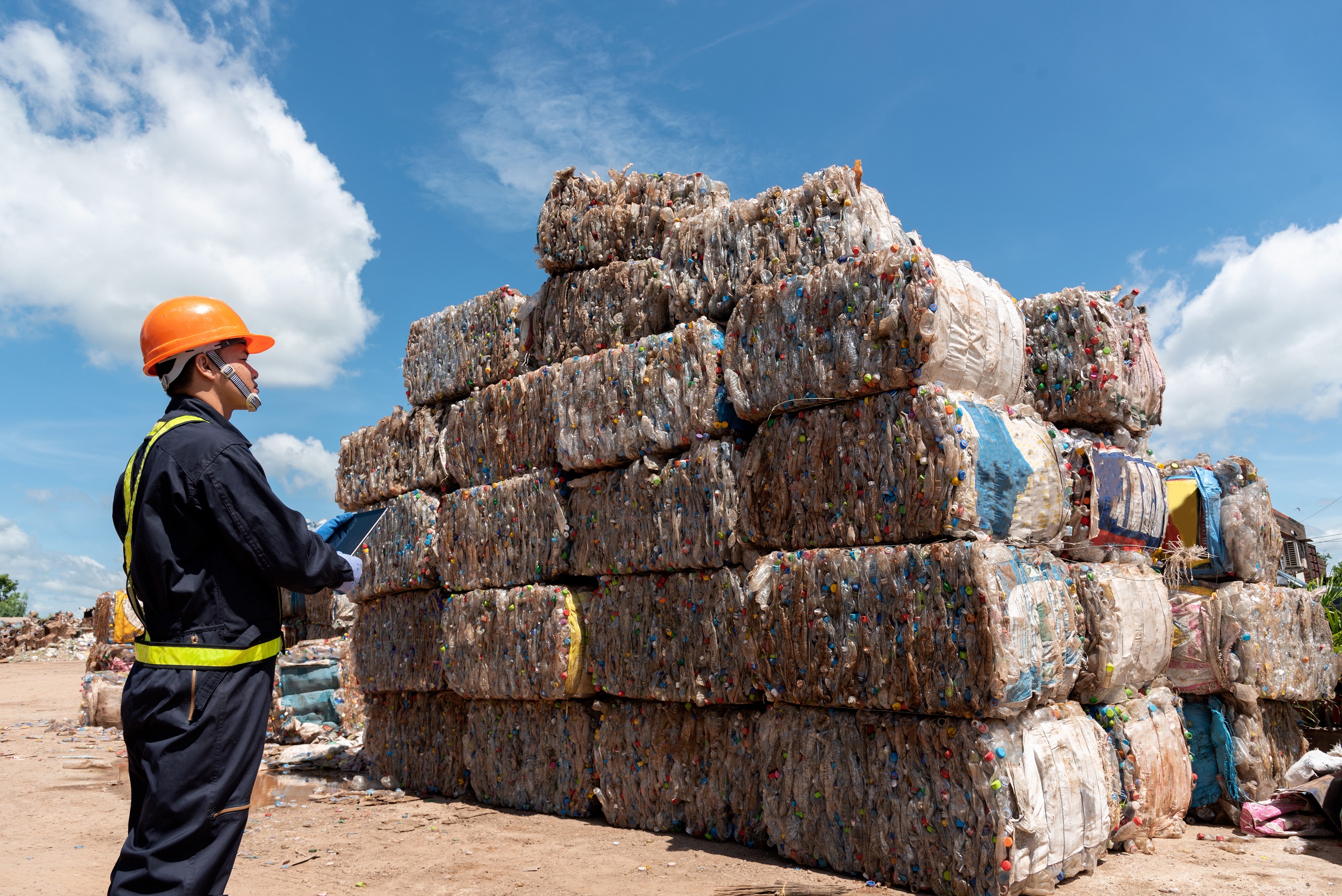Redefining the purpose
A slogan that we heard as kids in school has entered a more professional lexicon: the world of architecture. Yes, architecture has long been about trying to be more sustainable, and there have been some extreme cases of recycling products to build modern structures.
Now, it’s taking on a whole new meaning as modern architects increasingly look for ways to make their buildings environmentally friendly, cheaper, and even more beautiful.
Reduce
Reducing is all about decreasing waste. It’s about finding stronger materials that will do the job of something larger. It’s even about lowering your carbon footprint.
It can also talk about how the structure will function when used: how much air conditioning does it need? How much heating? Can these things be solved by altering the facing of the windows or installing specialized glass?
It also asks how muc,h energy should be consumed by the building. What’s the best way to maximize natural lighting without running up high HVAC bills? All of these questions are on architects’ minds.
Reuse
People have been reusing materials for centuries, from reclaimed wood to reclaimed brick to even reclaimed stone—anyone who has studied anthropology will know that half the Roman buildings are in ruins because later civilizations tore them down to build houses.
But modern reuse can be something much more subtle. It’s about reusing space. Why tear down a factory to build an apartment complex when you can use the existing structure to create something new, modern and trendy? And forward-thinking is a big part of this as well — what will the building you’re creating be used for down the line? Can it be converted without being torn down? How will someone reuse your work?
Recycle
We all know about recycling plastic into benches or window frames, but what more can be recycled? How about water? Building a structure that can trap its water (or heat, or wind power) and reuse it is all recycling.
But it goes further than that. In the paper Recycling: Buildings as Sources of Materials, the authors states, “Urban mining is a term that symbolizes the city of tomorrow. It links a broad perspective to the creative impulse and this must be particularly emphasized with useful and scalable tools that already exist. These include those for quantifying secondary raw materials, recovery and recycling techniques, digitizing recycling patterns into structural information, profitability analyses, and business sectors, such as those that process and retrieve valuable materials."
CATEGORY
ARCHIVES
Supercharge Your Back-Office
Eliminate manual data entry and manual errors while simplifying nearly every back-office process with hh2's construction solutions.



